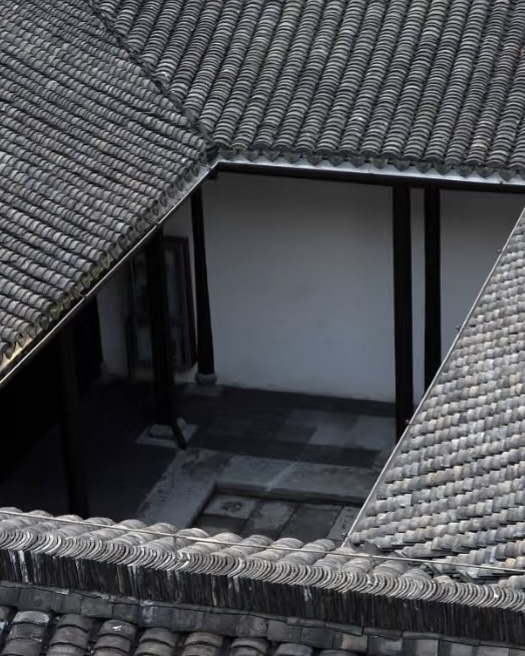How Rainwater Becomes Poetry in Huizhou Architecture
In the tranquil villages of southern Anhui, where white walls stand under misty mountains and dark tiled roofs curve toward the sky, there exists a beautiful architectural secret—one that turns rainfall into art and weather into wisdom.
This is the concept of “Liú Yín” — meaning “Flowing Silver.”
In traditional Huizhou architecture, roofs are designed to slope inward toward a central courtyard known as a “sky well” . When rain falls, instead of dispersing outward, water gathers along the elegantly arranged tiles and flows downward into the courtyard pool. This layout is called “Four Waters Returning to the Hall” , a clever design that symbolizes “wealth never flowing out”—a core belief in Feng Shui and traditional Hui culture.
But beyond symbolism, there is sheer beauty.
When it rains—or when snow melts—countless droplets cascade from the eaves like strings of pearls, forming a shimmering curtain of water. In sunlight or moonlight, this flowing water gleams like liquid silver, giving the phenomenon its poetic name: Flowing Silver.
It’s more than just a architectural feature—it’s a moment where nature and human ingenuity merge. The sound of water, the sight of silver threads pouring down, and the reflective pool below create a tranquil yet dynamic scene, infusing the home with energy, rhythm, and a deep sense of harmony.
This is the soul of Huizhou architecture: where every detail carries meaning, and where rain isn’t just weather—it’s a performance of light, sound, and symbolism.
